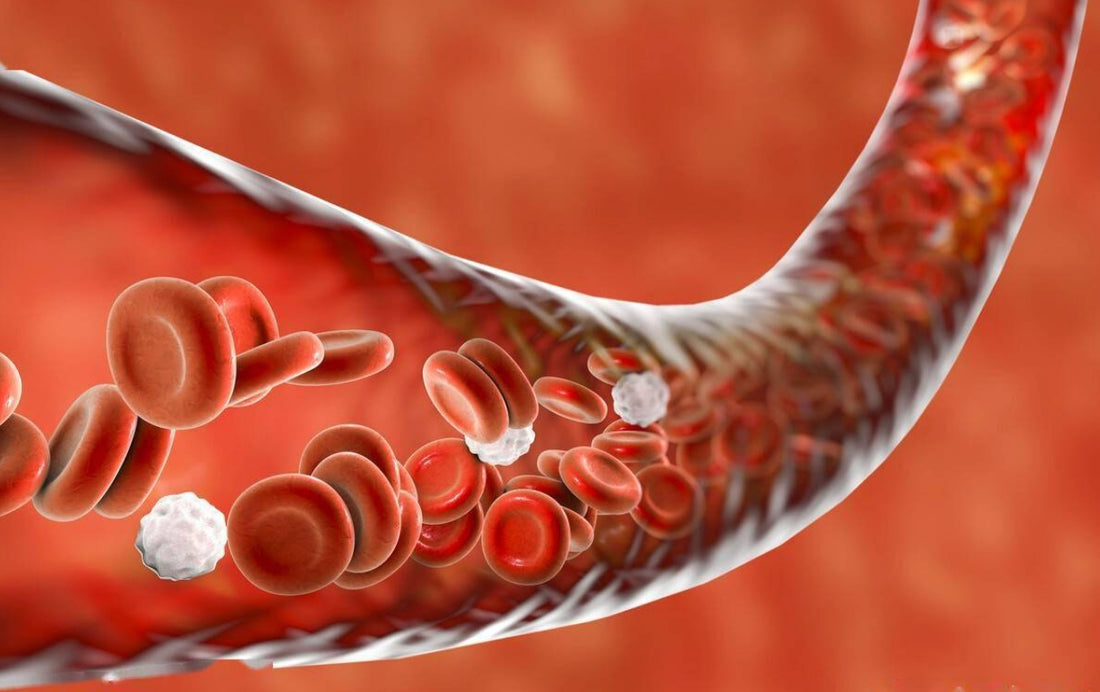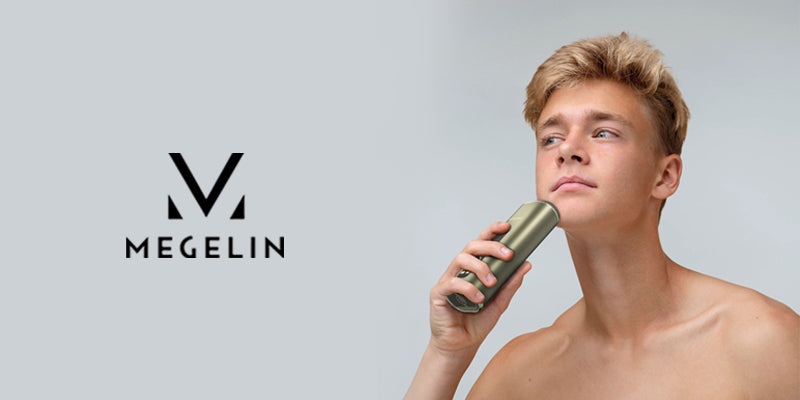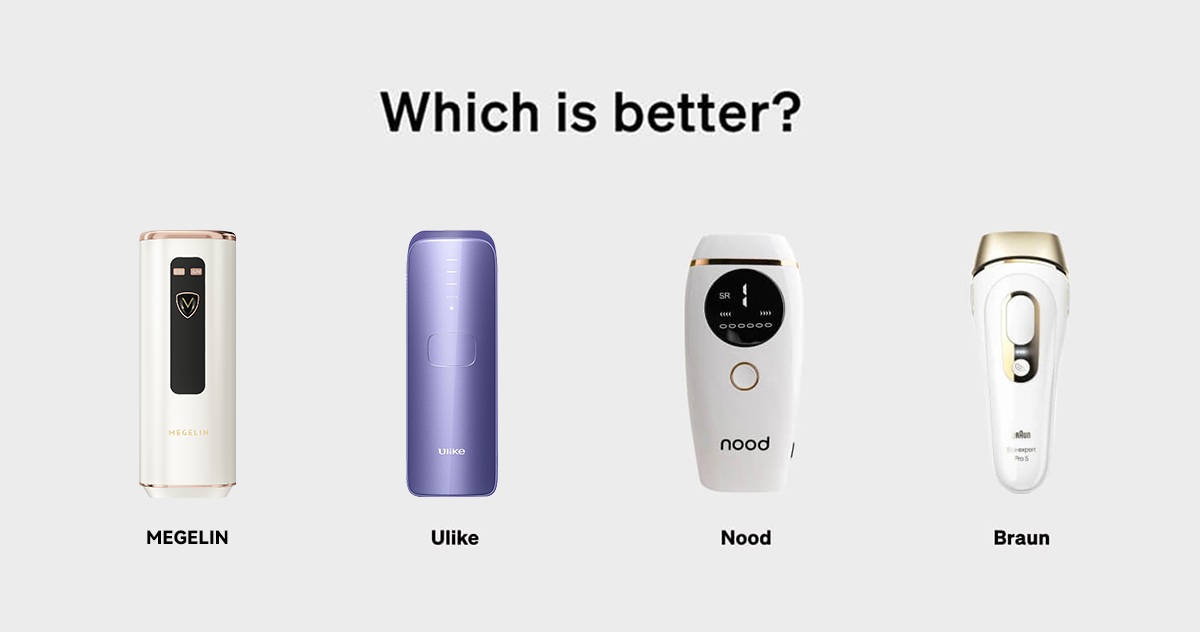
Red Light vs Blue Light Therapy: Which is Right for You?
2MegelinIn the evolving world of beauty and wellness, the debate between red light vs blue light therapy is significant. Both offer benefits like anti-aging, pain relief, wound healing, and improved circulation. Red light therapy penetrates deep layers to stimulate repair and circulation, while blue light therapy is effective for acne and has antibacterial properties. Understanding these therapies helps in enhancing skin health and addressing specific concerns.
This article compares red light vs blue light therapy, focusing on their benefits, applications, and underlying science. It explores how red light therapy aids in muscle recovery and pain relief, and how blue light therapy treats skin discoloration and promotes rejuvenation. By examining red blue light therapy in professional and at-home settings, this guide helps individuals choose the best option for their wellness goals.
What is Red Light Therapy?
History and Development
Red Light Therapy (RLT) originated from experiments in space by NASA to promote plant growth and heal astronaut wounds. Its medical acceptance escalated with its use in photodynamic therapy, where it activates photosensitizers to destroy harmful cells, treating conditions like skin cancer and psoriasis [1].
Mechanism of Action
RLT operates by enhancing mitochondrial function in the cells, often referred to as the "power plant" of cells. This boost in energy allows cells to rejuvenate and repair more effectively. Specifically, it stimulates collagen production, increases blood circulation, and reduces inflammation, enhancing skin structure and health [1] [2].
Applications in Skin Treatment
Clinically, RLT is utilized to improve skin appearance by reducing wrinkles, scars, and redness, and treating acne. It stimulates collagen production, crucial for skin elasticity, and has shown promising results in treating skin conditions like psoriasis and promoting overall skin rejuvenation [1] [2].
Comparison of Red Light vs. Blue Light Therapy
Skin Benefits
Red light therapy and blue light therapy offer distinct skin benefits due to their unique wavelengths. Red light therapy, penetrating deeper into the skin, stimulates collagen production and reduces inflammation, which can significantly improve skin texture and reduce signs of aging [7]. On the other hand, blue light therapy targets the upper layers of the skin, effectively destroying acne-causing bacteria and reducing oil production, which helps in managing acne and other surface-level skin conditions [7].
Penetration Depth
The effectiveness of red and blue light therapies can be attributed to their different penetration depths. Red light therapy wavelengths reach deeper into the skin, typically between 630 to 700 nanometers, allowing them to stimulate changes in the dermis layer [8]. Blue light, with a higher frequency, has a shorter wavelength of about 400 to 495 nanometers, affecting only the epidermis or the outermost skin layer [8].
Effectiveness for Different Skin Conditions
Combining red and blue light therapies can enhance treatment outcomes for various skin conditions. Red light is effective in treating deeper skin issues such as wrinkles and loss of elasticity by promoting collagen and elastin production [7]. Blue light therapy excels in treating acne and surface-level skin imperfections by reducing harmful bacteria and inflammation [7]. This complementary approach allows for a broad range of applications, from rejuvenating aging skin to controlling acne breakouts, providing a versatile solution for many dermatological needs.
What is Blue Light Therapy?
Blue Light Therapy utilizes specific wavelengths of light to address surface-level skin conditions, making it a pain-free procedure often used in photodynamic therapy. This therapy combines light-sensitive drugs activated by blue or violet light, targeting conditions directly under the skin's surface [3].
Primarily, Blue Light Therapy is effective against sun damage and various forms of skin cancer, including non-melanoma types. It prevents and treats precancerous and cancerous lesions by activating a photosensitizing drug that reacts with oxygen to destroy harmful cells [3] [4].
This method is also beneficial for treating acne and other skin disorders by improving skin texture and reducing enlarged oil glands. Additionally, it aids in removing acne scars and sun spots [3].
Beyond skin treatment, Blue Light Therapy serves as a therapeutic option for depression, particularly major depressive disorder with seasonal patterns, often exacerbated by the winter season [3].
Mechanically, Blue Light Therapy influences cellular processes by interacting with photosensitive molecules in the skin, leading to beneficial changes in cellular behavior and skin health [5] [6]. This interaction can stimulate the immune system, enhance skin appearance, and even aid in treating mood disorders by regulating biological rhythms [5] [6].
The versatility and non-invasive nature of Blue Light Therapy, coupled with its ability to target a range of skin conditions and psychological health issues, make it a valuable treatment option in contemporary dermatology and therapeutic practices.
Choosing the Right Light Therapy for You
Factors to Consider
When selecting a light therapy device, consider its light intensity, safety features, and cost. Light therapy boxes should mimic outdoor light, influencing brain chemistry to improve mood and alleviate symptoms of seasonal affective disorder (SAD). They should provide 10,000 lux of light and emit minimal UV light [9]. It's crucial to use the light box within the first hour of waking for about 20 to 30 minutes at a distance of 16 to 24 inches from your face [9]. Verify that the device is specifically designed for SAD to ensure effectiveness and check for UV light filtration to protect your eyes [9].
Combining Red and Blue Light
Combining red and blue light therapy can optimize skin health and address various conditions. Red light therapy promotes collagen production and aids in deeper skin issues, while blue light effectively targets acne and surface-level skin conditions. Using both therapies can provide synergistic benefits, enhancing skin rejuvenation and treating a broader range of skin issues [10].
Safety Tips and Guidelines
Always use light therapy devices under the guidance of a health professional. Ensure the device has an ultraviolet filter and avoid using sunlamps or tanning lamps, which can be harmful to your eyes [11]. Maintain a regular sleep schedule while undergoing treatment and avoid looking directly at the light to prevent eye strain [11]. If symptoms persist or adverse effects occur, such as headaches or eye strain, consult your healthcare provider for adjustments or alternative treatments [12].
Conclusion
Throughout the exploration of red and blue light therapies, it's evident that both offer distinct advantages for various skin and health concerns. From enhancing skin rejuvenation and collagen production to combating acne and alleviating depression symptoms, these therapies underscore their versatility and effectiveness. The unique penetration depths—red light reaching deeper tissues for regeneration and blue light targeting surface conditions—highlight the importance of choosing the right therapy based on specific health and wellness goals.
When deciding between red and blue light therapy, consider factors like intended outcomes, skin conditions, and overall health needs. Used individually or in combination, these therapies can significantly improve quality of life by providing non-invasive solutions to complex health issues. As LED technology advances, further research will enhance the efficacy and application of light therapies, promising a brighter future for health and wellness.
FAQs
1. Which type of light therapy is best for me?
Choosing between red or blue light therapy depends on your specific skin concerns and needs.
2. What are the benefits of red light therapy according to medical professionals?
Medical research indicates that red light therapy can smooth skin and reduce wrinkles by stimulating collagen production, which enhances skin elasticity. Additionally, it is effective in improving signs of sun damage and can also be used to treat acne.
3. Can red or blue light therapy help tighten the skin?
Red light therapy is recommended for tightening and firming the appearance of the skin.
4. Which is safer for the eyes, red or blue light?
Red light is considered beneficial and safe for retinal cells, unlike blue light, which can cause damage to these cells.
References
[1] - https://my.clevelandclinic.org/health/articles/22114-red-light-therapy
[2] - https://www.webmd.com/skin-problems-and-treatments/red-light-therapy
[3] - https://www.healthline.com/health/blue-light-therapy
[4] - https://health.clevelandclinic.org/blue-light-therapy-for-the-skin-what-can-it-do
[5] - https://www.ncbi.nlm.nih.gov/pmc/articles/PMC8307003/
[6] - https://onlinelibrary.wiley.com/doi/full/10.1002/jbio.202200257
[7] - https://www.xcode.life/skin-health/red-light-vs-blue-light-therapy/
[8] - https://www.celluma.com/blogs/blog/what-is-the-most-effective-color-for-led-light-therapy
[9] - https://www.mayoclinic.org/diseases-conditions/seasonal-affective-disorder/in-depth/seasonal-affective-disorder-treatment/art-20048298
[10] - https://platinumtherapylights.com/blogs/news/red-and-blue-light-therapy-a-therapeutic-combination
[11] - https://sad.psychiatry.ubc.ca/resources/public-resources/light-therapy-procedure-for-using-the-10000-lux-fluorescent-light-box/
[12] - https://www.news-medical.net/health/Light-Therapy-Safety-and-Side-Effects.aspx










